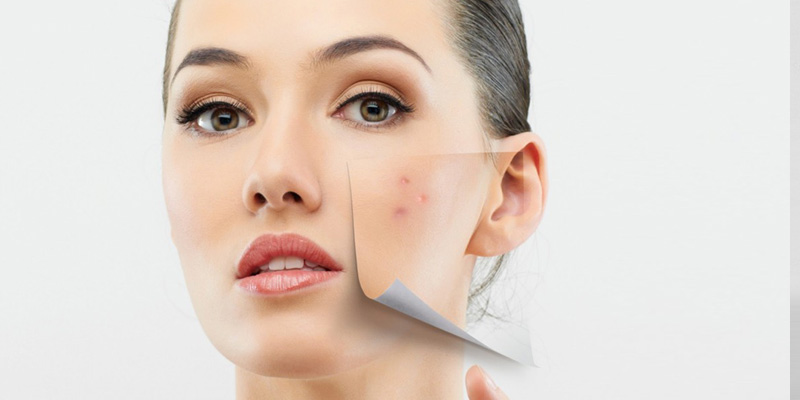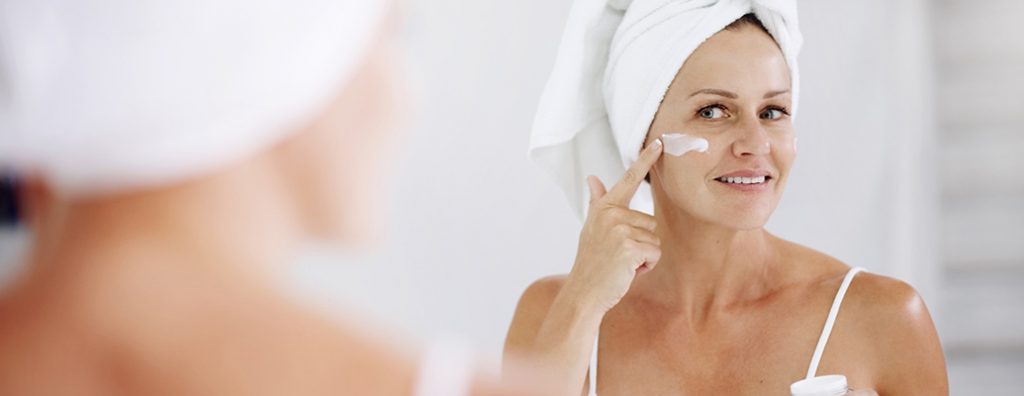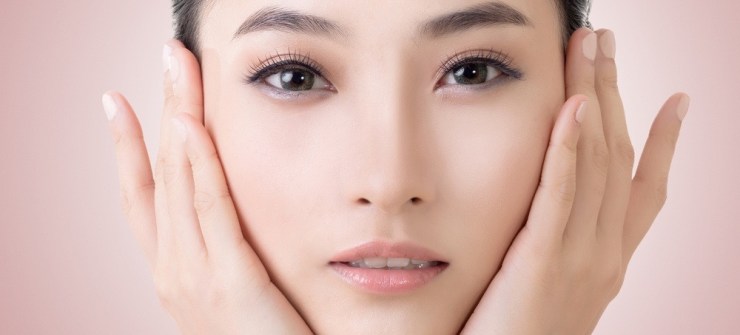Do you know what is the meaning of a skincare routine? Do you need it? Answer is YES! Everybody’s skin is imperfect unless it we take care of it. So how do we start a skincare routine everyday?
A great skin is not because of genes or DNA from your mom and dad, but is the daily habits that counts. How good you take care of your skin is how you are going to see yourself on the mirror.
However, how you start your skincare routine also shows how you take good care of the skin. Not all products are effective, and not enough skincare products doe not mean it is bad. It applies how you use them in the correct time.
No matter how bad your skin is such as dry, oily, or sensitive skin, a daily skincare routine would be able to help you keep your skin healthy and boost skin repairs like acne, scarring, and dark spots.
To start of your skincare routine, you will need to clean, apply toned base, then apply concentrated, active ingredients, and then finish by sealing the skin with moisture.

1. Cleaning the Skin
Washing your face is the most basic and needed step of any routine. Pick a cleanser that prevent tightness in skin after washing. Gently clean your face once or twice (if you wear makeup) a day to remove dirt and other pollutants. Also massage face all over the face using gentle pressure before washing off.
After rinse off cleanser on the face, Gently pat your face dry with a soft towel. This method is to avoid any damages and prevent natural oil on the skin to be dried off.
2. Apply Toner
A thin liquid applied after cleansing to help other products absorb into your skin even better. Put a few drops onto your palms or a cotton pad and gently swipe onto your face. If your toner is exfoliating, means that it removes dead skin cells with ingredients like glycolic acid, then use only at night. Do not use exfoliating toner and retinoids or other exfoliators at the same time.
3. Apply Serum
The best time to apply is in the morning, as they protect your skin from pollutions when you are out the whole day. As for in the night, it is best to use moisturizing serum with hyaluronic acid, which keeps your skin from drying out at night, especially if you’re using anti-aging or acne treatments that can irritate and dry out the skin.
4. Apply Eye cream
Apply regular moisturizer to your under-eye area, but if you decide to use a specialized eye cream, you would typically want to layer it underneath moisturizer, since eye creams tend to be thinner than face moisturizers.
5. Use Spot Treatment
Apply acne spot treatments at night when your body is in repair mode. Be wary of layering acne-fighting ingredients like benzoyl peroxide or salicylic acids with retinol, which can cause irritation. Instead, make sure you’re doing the most to keep the skin calm and hydrated.

6. Moisturize
Moisturizer helps to hydrate skin and locks in all other layers of product you’ve applied. Look for a lightweight lotion for the morning, ideally with SPF 30 or higher. In the evening, you can use a thicker night cream. Those with dry skin may want to use a cream morning and night.
7. Apply Retinoid
Gently apply retinoid can reduce dark spots, breakouts, and fine lines by increasing skin-cell turnover, but they can also be irritating, especially for sensitive skin. If you use retinoids, know that they break down in the sun, so they should only be used at night. They also make your skin extra-sensitive to the sun, so sunscreen is a must.
8. Apply Face Oil
Make sure to apply it after your other skin-care products since nothing else will be able to penetrate the oil.
9. Apply Sunscreen
Protecting your skin from UV rays can prevent skin cancer and signs of aging as it is the most important part of any skin-care regimen. If your moisturizer doesn’t contain SPF, you still need to wear sunscreen. For chemical sunscreens, wait 20 minutes before going outside for the sunscreen to be effective. Look for broad-spectrum SPF, meaning that your sunscreen protects from both UVA and UVB radiation.


Pingback: Everybody Hate Acne - Zelcos Laboratory - OEM Skincare & Cosmetic